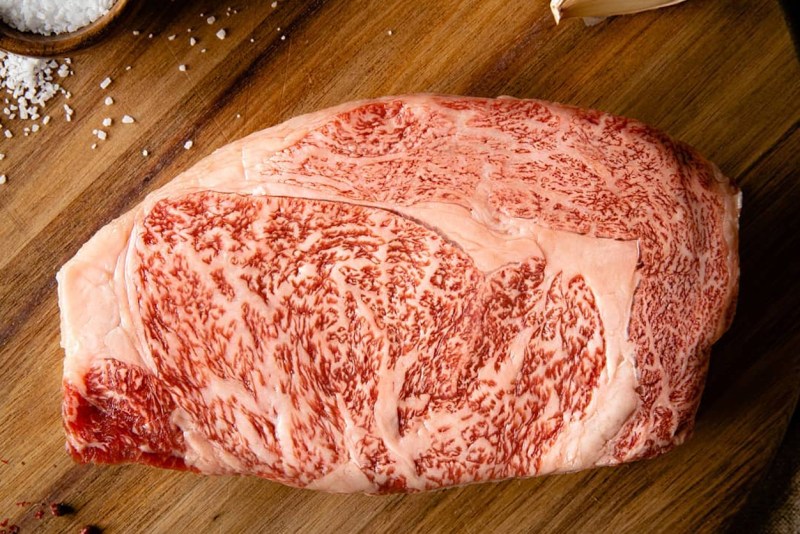Japanese Wagyu is some of the most famous beef in the world. Its marbling and flavor are legendary, resulting in meat that’s impossibly buttery and soft in texture. While Kobe beef is the most well-known type, there are many other types of Japanese Wagyu.
Wagyu is Japanese for “Japanese cattle” and can include breeds like Kobe, Hitachi-Gyu, or Wagyu from the Ibaraki prefecture in Japan. Besides its excellent marbling, Hitachi-Gyu’s fat also contains a high percentage of oleic acid, a health benefit, and a flavor enhancer that gives a sweet and umami finish to the meat.
But to properly appreciate Wagyu, it’s also crucial to understand its differences from American beef. Not only is top-grade A5 Wagyu marbled beyond American USDA Prime, but Wagyu is also used differently in Japanese cuisine, generally preferring thinner and smaller cuts than in America. Our guide to this Wagyu tour is Michael Coggins, the cofounder of Holy Grail Steak Company. As Wagyu experts, Holy Grail has curated a unique selection of Japanese beef like Hitachi-Gyu, championing a nose-to-tail meat-eating philosophy that highlights some of the most unique beef cuts.
Nose-to-Tail Philosophy
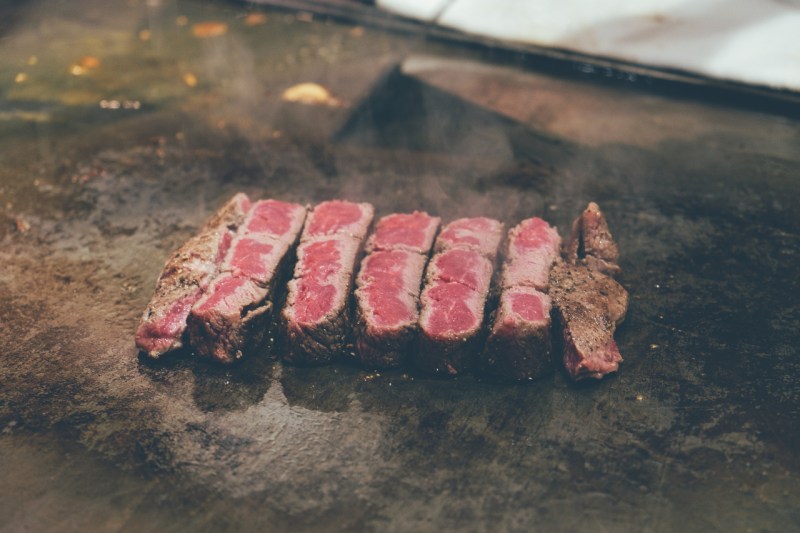
Although nose-to-tail butchering isn’t unique to Japan, many Wagyu cuts are butchered and cooked differently than in standard American butchery. There are several reasons for this, according to Coggins.
“But due to both their (Japan) culinary traditions and the stark contrasts in cattle, there are many incredible cuts from Wagyu cattle that simply aren’t thought of in the U.S.,” Coggins said. “Shabu-Shabu is a great example. Since A5 Wagyu has such incredible marbling, many processors will make Shabu-Shabu from muscles we would only grind.”
This difference in cuisine results in some interesting Japanese beef cuts uncommon in America, such as knuckle (a sphere-shaped section of meat below the top round) and upper plate (under the rib primal). Sometimes, Wagyu cuts are not grilled or seared; they are slow-cooked or lightly boiled, such as the previously mentioned Shabu-Shabu. Shabu-Shabu, a style of Japanese hot pot, involves quickly cooking thin slices of meat in hot broth. While boiling meat might be counterintuitive to American-style meat cooking, especially with searing cuts like ribeye, the natural marbling of Wagyu makes it sublime when treated in a quick broth bath.
Breakdown of Unique Japanese Wagyu Cuts
Because top-grade Wagyu contains more marbled fat than standard beef, cuts commonly used for slow-cooking in America are often used for quick-cooking methods in Japan.
“Since American beef doesn’t have the marbling of Japanese graded cattle, we need low and slow cooking techniques, and even then, cutting with the grain instead of against isn’t an acceptable meal,” Coggins said. “But the delicacies they create in Japan with higher marbled cattle can come from nearly any muscle in the animal.”
Chuck Eye Roll
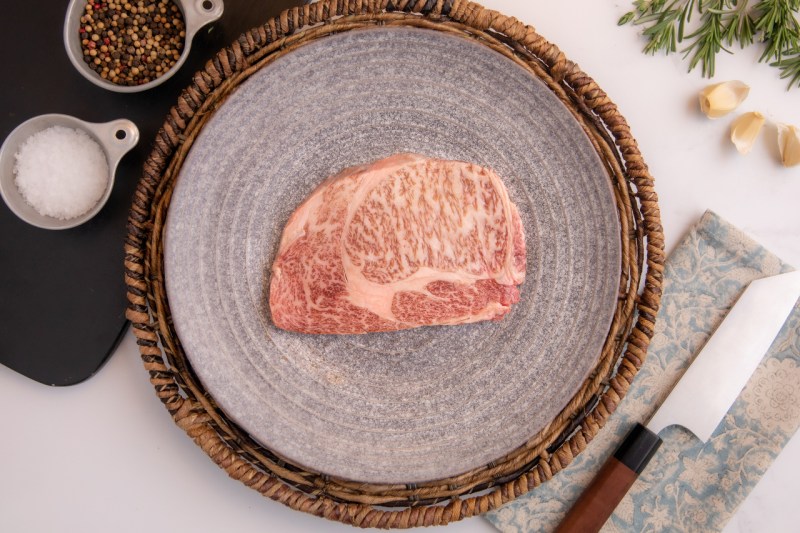
At a glance, this marbled cut closely resembles the popular ribeye. Full of rich, beefy flavor, the chuck eye roll is butchered from the area between the cow’s shoulder and the upper section of the foreleg. Often used for roasts in slow-cooking in America, this cut can also be enjoyed as steaks. Wagyu chuck eye roll is on a different level when seared. Coggins recommends serving this cut thin and searing it rare for the best results.
This fatty chuck eye roll in Japan is lightly seasoned to avoid masking the natural umami flavor. Some recommendations? Coggins recommends high-quality salt or soy sauce with a dab of wasabi.
Upper Plate
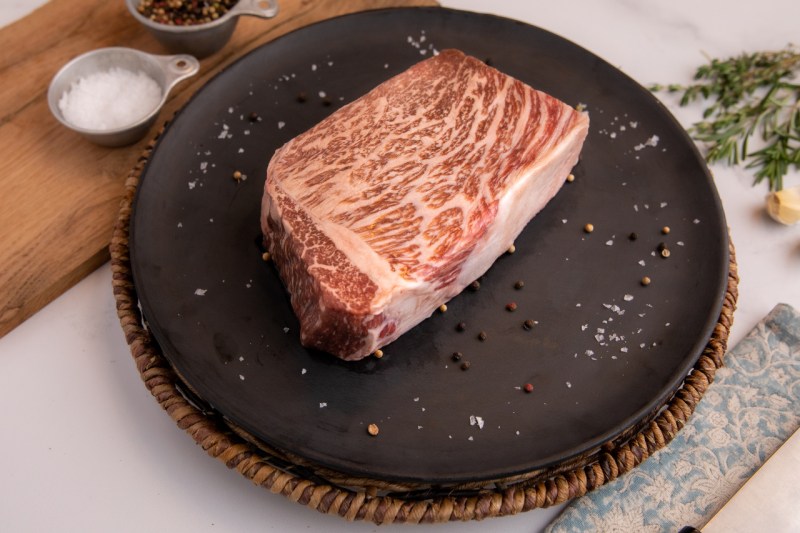
Located under the rib primal, this high-fat cut is best grilled for that combination of beefy punch and caramelized fat. Because the natural flavor of this cut is intense, it’s excellent with a sweet, thick sauce, such as Japanese yakiniku sauce. In Japan, some specialty meat restaurants will break down this cut into several sections: karubi (short rib), jo karubi (special short rib), and tokujo karubi (premium short rib). The detailed breakdown of this cut showcases the different flavors of this cut and shows off the restaurant’s skill.
Zabuton
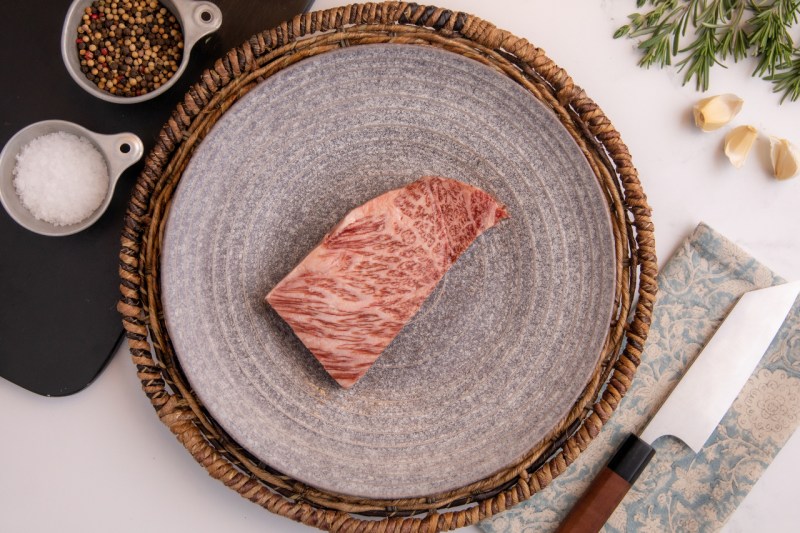
A highly marbled cut, zabuton is commonly known in America as Denver steak. In Japan, the origins of the name zabuton are due to its resemblance to the traditional square cushion used for floor sitting.
The best way to enjoy zabuton is to cook it rare on a high-heat grill. Once the fat melts and the flesh lightly browns, turn the steak over. Like the upper plate, zabuton goes well with a sweet, soy-based yakiniku sauce.
However, Coggins is keen to mention that Wagyu enjoyment is more about the preparation than the specific differences in butchering.
“I would think less about cut than I would about preparation. Even the word ‘teppanyaki’ is a preparation and cooking technique — not a cut,” Coggins said. “They use smaller portions, expert butchering, cooking techniques, and incredible Wagyu in unison to ensure any A5 meal will be incredible.”
